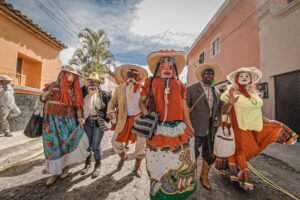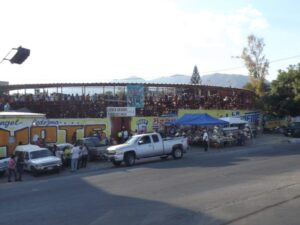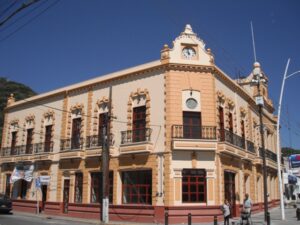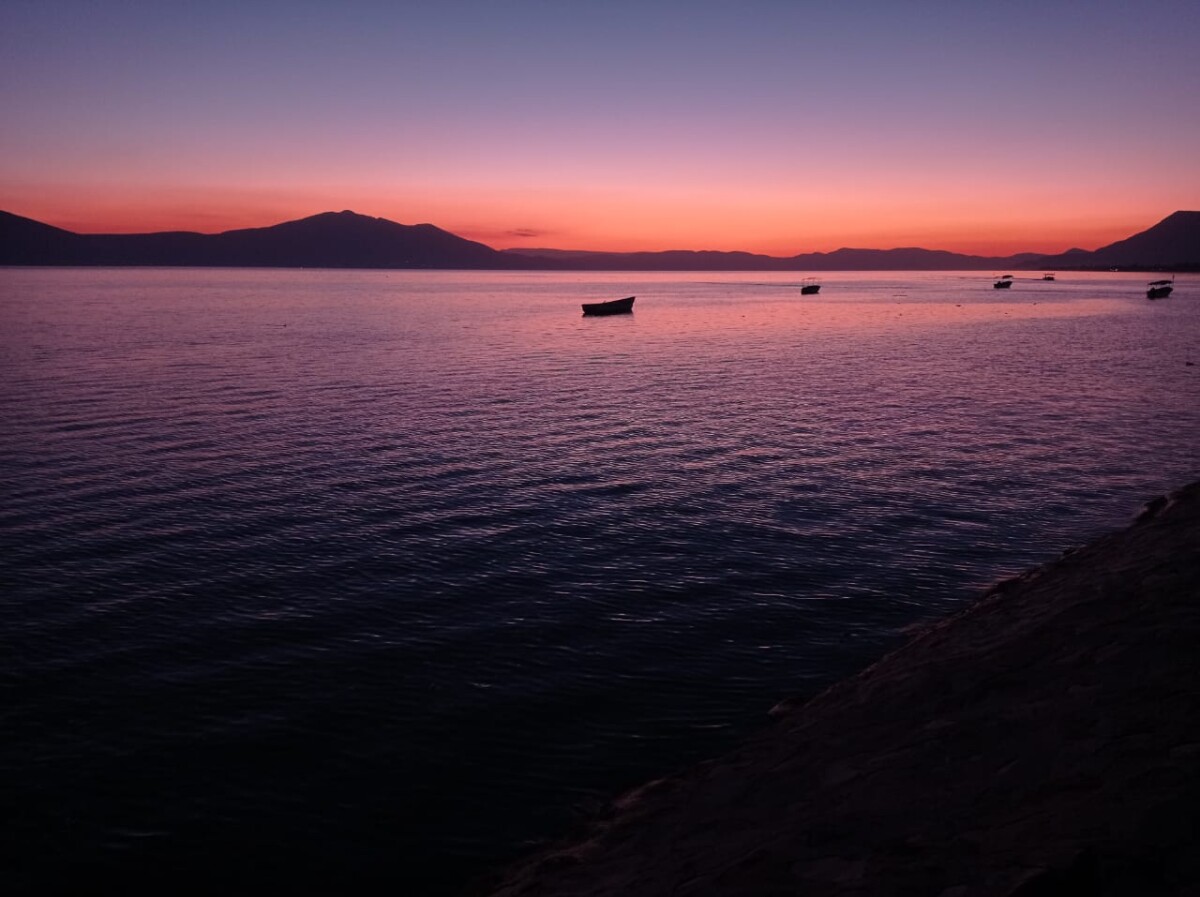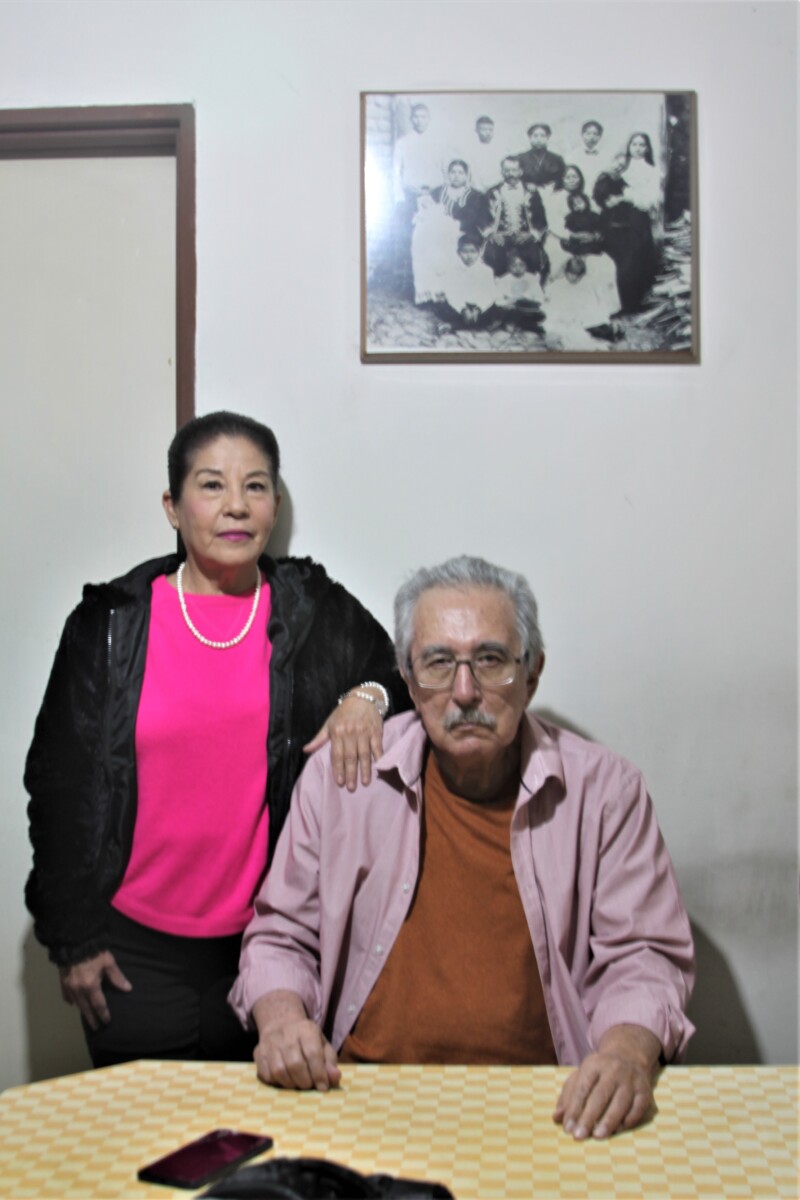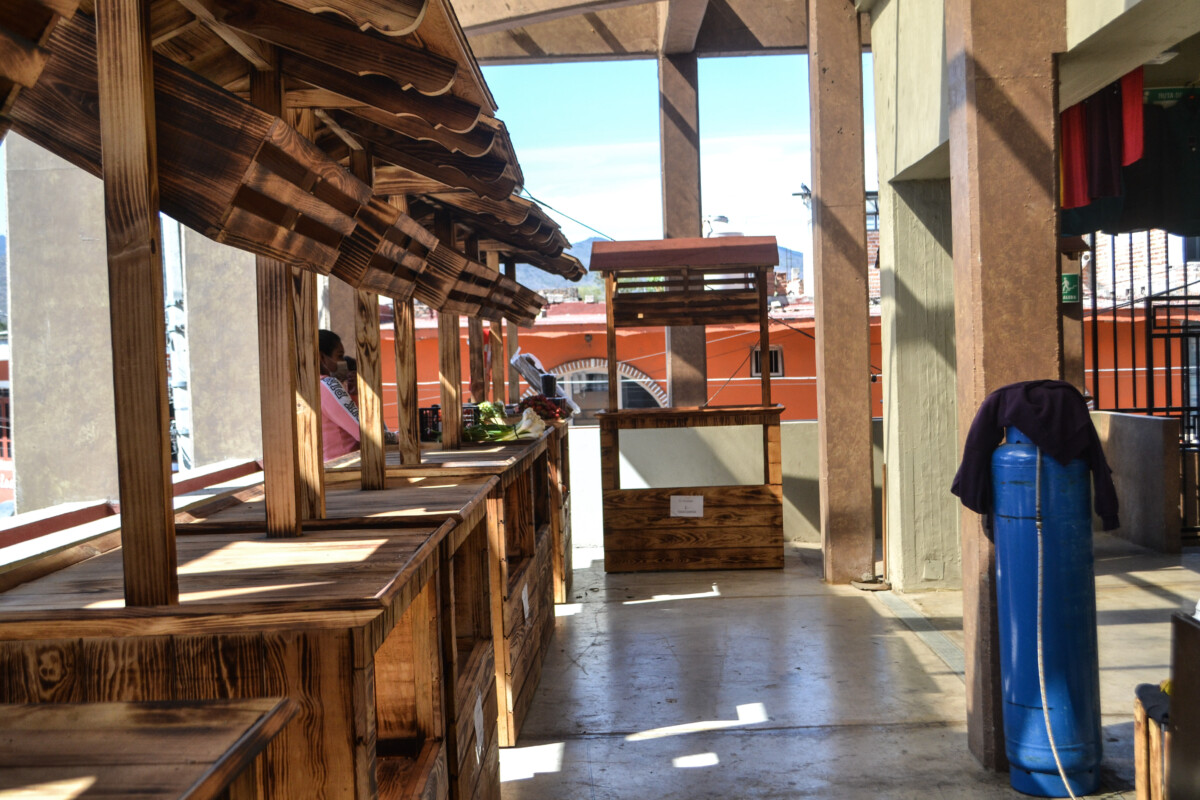tradiciones
Con modificaciones, pero sí se celebrará el Carnaval de Ajijic
Las sayacas son el personaje principal del desfile de Carnaval de Ajijic. Foto: La tradición de Ajijic, 2020.
Sofía Medeles.- Tras un año de ausencia y con menos días de celebración, volverá el carnaval de la delegación de Ajijic.
El presidente municipal de Chapala, Alejandro de Jesús Aguirre Curiel, confirmó mediante sus redes sociales el regreso la festividad, no obstante, no será con los mismos eventos, ni la misma magnitud.
Acto seguido, la delegación de Ajijic, confirmó la realización del tradicional desfile de martes de carnaval en el Pueblo Mágico, convocando a la población a inscribirse para participar.
El encargado de despacho, Maximiliano Macías Arceo, comentó que serán tres días de celebración: el domingo 27, lunes 28 y martes primero de marzo. Los primeros dos días será recorrido de sayacas, empezando desde los carriles y recorriendo el camino habitual. El martes primero, será el mismo recorrido, pero con carros alegóricos. Los recorridos inician alrededor de las 11:00 horas.
“La convocatoria al desfile, es más que nada para tener un orden y un control. Queremos empezar a reavivar las tradiciones, pero con las medidas, de la mejor manera posible para no propagar contagios y ser cuidadosos. Ojalá apoyen en portar cubrebocas, para que todo salga bien, y sea un disfrute del pueblo”, comentó Macías Arceo.
Por su parte, el presidente de la Asociación de Charros, Ernesto Pérez Reyes, compartió que se llegó al acuerdo de no realizar el tradicional “toro de once”, ni el “recibimiento”, ya que quieren evitar aglomeraciones.
Finalmente, Macías Arceo exhortó a los asistentes a que tomen su responsabilidad al asistir al evento. “Por favor, porten todos su cubrebocas, y si alguien llega a tener síntomas, apoyen y no asistan. Seamos responsables para poder tener un ambiente sano este Martes de Carnaval”.
En contraste, la Mesa de Salud de Jalisco, publicó nuevas medidas sanitarias que se mantendrán vigentes del 13 de febrero al 15 de marzo, en las que se estipula la prohibición de los desfiles, además de que los ayuntamientos tendrán que presentar un protocolo para que se aprueben los eventos al aire libre.
Confirman celebraciones de carnaval para Chapala y sus poblaciones
El Lienzo Charro González Gallo de Chapala durante el martes de Carnaval 2019, el último que se vivió a lo grande. Foto: Archivo.
Jazmín Stengel.- El Carnaval Chapala 2022 será diferente. Tras dos años de ausencia, Chapala festejará su carnaval del 25 de febrero al 1 de marzo en pequeño, con una sola sede y respetando las medidas de sanidad dictadas por la Mesa de Salud Jalisco el pasado 12 de febrero.
«Vamos a tratar de recuperar la tradición», fueron las palabras del presidente municipal Alejandro de Jesús Aguirre Curiel, sin embargo, el comité de organización compuesto por los hermanos De la Torre, Joselo y Raúl Uriel Real Soto, entre otros, se vieron obligados a adaptar los festejos a las nuevas normas de sanidad durante la pandemia.

El Carnaval de Chapala 2018, durante el evento masivo de Pancho Barraza, Julión Álvarez y Remmy Valenzuela, en el Parque de La Cristianía.
Este año no habrá núcleo, como se acostumbró hasta el 2019 en el Parque de La Cristianía. En cambio, se realizará en cinco días, con charreadas, jaripeo y bailes en el Lienzo Charro Jesús González Gallo.
Allí mismo, el 25 de febrero durante el recibimiento, Ariana Espinoza de los Monteros de la Parra, Reina del Carnaval de Chapala 2019, último que se llevó a cabo, coronará a la ganadora de este año, anunció Uriel Real para Semanario Laguna.
A pesar de que la Mesa de Salud aún no autoriza desfiles o procesiones, el Gobierno de Chapala autorizó únicamente el desfile del «entierro del mal humor», afirmó el presidente Aguirre Curiel, para la inauguración de las celebraciones el 25 de febrero.
El desfile recorrerá la avenida principal de Chapala, Francisco I. Madero. El primero de marzo la clausura será únicamente con el baile estelar en el Lienzo Charro Jesús González Gallo, acompañados de la presentación de Jorge Medina y Virlan García junto a la popular Banda San Miguel.
Por su parte, las comunidades de Ajijic y Atotonilquillo también preparan las celebraciones a su costumbre y manera. Ya sea, al estilo charro con corridas de toros y mucho tequila, o entre los coloridos vestidos de las Sayacas con harina y huevos rellenos de confeti o papaqui.
Aguirre Curiel también puntualizó que, el oficio con las medidas de sanidad recomendadas por la Mesa de Salud Jalisco fue respondido positivamente, por lo que los comités lograron adaptarse a las nuevas condiciones por lo que en la cabecera municipal los bailes y corridas serán solo dentro del Lienzo Charro Jesús González Gallo.
Para concluir, Alejandro Curiel agregó que este año el Ayuntamiento no apoyará a las organizaciones cómo se llegó a ver en administraciones pasadas. Sino que, «al contrario, se cobrará lo debido respecto a la ley de ingresos para realizar las corridas».
Events calendar
The Centro Cultural Antigua Presidencia (CCAP) in Chapala will host various artistic activities this week.
Wednesday, February 16
Event: Piñata Classes. Ajijic Delegation invites you
Description: Registration on Wednesday, February 16
Place: Ajijic plaza in front of the Centro Cultural de Ajijic (CCA), where you will be given information on how to participate
Cost: $15 pesos per class
Saturday February 19 and Sunday February 20
Event: Theatrical improvisation workshop
Schedule: From 10:00 am to 1:00 pm
Description: If you like theater and want to take classes this is your chance
Place: Cultural Center Antigua Presidencia, Madero 226, Chapala
Cost: Free activity. Information and registration: 37 6765 2017
February 21, 22 and 23
Event: Workshop on Cultural Project Development
Schedule: From 9:00 to 12:00
Description: Learn how to make and manage resources for your cultural projects
Place: Centro Cultural Antigua Presidencia de Chapala, Madero 226, Chapala
Cost:
Registration and Information: 33 1769 7365 / lapinedo@yahoo.com Luis Pinedo
Entrega Enrique Alfaro el malecón de Jamay
Con el malecón se busca impulsar el desarrollo turístico y comercial de la zona. Foto: Cortesía.
Redacción.- En su gira de trabajo por la Región Ciénega, el pasado 14 de febrero el Gobernador del Estado, Enrique Alfaro Ramírez, entregó el malecón de Jamay que impulsará el desarrollo turístico y comercial de la zona.
Las obras en el malecón consistieron en construir andadores y rellenos, jardineras, pavimentación en concreto hidráulico, estacionamiento, machuelos, expansión de área de muelles e instalación de mobiliario urbano, así como iluminación.
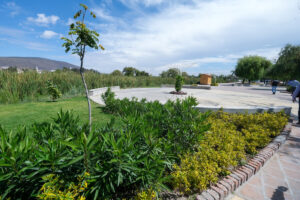
Alfaro Ramírez informó que a través de senadores y diputados federales se gestionará el nombramiento para que Jamay pueda ser Pueblo Mágico.
Este municipio ribereño se encuentra del lado oriente del Lago de Chapala, entre Ocotlán y La Barca.

Durante la visita del Gobernador a Jamay, se otorgó también el recurso para iniciar con el equipamiento de la ludoteca Fija de El tren de los Valores, además de un vehículo incluyente que estará al servicio de las personas con discapacidad, para trasladarlas a sus terapias de rehabilitación o consultas médicas en su municipio, o de ser necesario, al Área Metropolitana de Guadalajara. Asimismo se pondrá en ruta una camioneta a disposición del municipio para trasladar a grupos prioritarios.
Celebró el CUOP el Día del Amor y la Amistad
Alumnos del CUOP celebraron con alegría y globos el Día del Amor y la Amistad.
Redacción.- Con la idea de fomentar el compañerismo de la comunidad escolar y afianzar los lazos de amistad, el Campus Universitario Octavio Paz (CUOP), celebró el Día del Amor y la Amistad en sus instalaciones.
Entre la decoración y detalles de parte de la Rectora, Ely Gutiérrez, fue que los alumnos tuvieron diversas actividades alusivas a esta fecha como el intercambio de detalles, toma de fotografías, pastel, elaboración de tarjetas con dedicatoria, entre otros.
A continuación te presentamos una serie de imágenes que muestran la celebración de este día:
Aprueban regulación para la quema de ‘cuetes’ en Chapala
Foto. Cortesía.
Jazmín Stenge.- Con la finalidad de apegarse a la Ley de Ecología Estatal de Jalisco, el cabildo de Chapala aprobó la regularización de pirotecnia en el municipio, durante la última sesión de cabildo, el pasado 29 de enero.
Es decir, el uso de cohetes o “cuetes” en el municipio queda restringido a un horario de las 8:00 de la mañana a las 9:00 de la noche, a excepción de los permisos que sean tramitados y aprobados por el Ayuntamiento de manera particular, en la Dirección de Reglamentos.
Además, la Dirección de Reglamentos con el apoyo de Bomberos y Protección Civil, llevarán a cabo redadas de prevención y aplicación de medidas de seguridad para el uso, almacenamiento y transporte de sustancias inflamables destinadas a la pirotecnia, esto con la finalidad de prevenir accidentes, aseguraron los ediles.
El propósito de este nuevo reglamento es saber quién transporta los materiales inflamables, cumplir con las medidas de seguridad en almacenamiento y manejo, así como verificar los permisos de la Secretaría de la Defensa Nacional (SEDENA) de los portadores, especificó el síndico municipal Gamaliel de Jesús Soto Pérez.
Y, a razón de que el incumplimiento del reglamento amerita multas, este será publicado en el apartado de transparencia en la página oficial del Gobierno Municipal, así como en sus redes sociales.
The Official Lake Chapala Day celebrations forgotten
Lake Chapala. Photo: Arturo Ortega.
Editor.– Did you celebrate Lake Chapala Day this year? Chances are you did not, since despite being established by official state decree in 2014, the initiative has largely been forgotten. Jalisco’s Lake Chapala Day is supposed to be commemorated on February 2 each year, but the authorities at both the municipal and state levels appear to have forgotten it, and so the day passed unobserved by both lakeside municipalities and their inhabitants.
Originally, promoters of Lake Chapala Day sought to highlight the importance of the lake both for lakeside inhabitants and the state. They also intended it to bring attention to the need to protect and conserve the lake for the future.
«It is the obligation of the municipalities, in coordination with the Executive Branch, to celebrate the State Lake Chapala Day through activities that promote awareness of, and appreciation for, the importance of the area. This to be achieved through festivities and strategies that engage and educate the public,» states the ignored decree.
February 2 was selected to commemorate Lake Chapala Day as it was on this day in 2009 that Lake Chapala won designation as a Wetlands of International Importance, or Ramsar site. The goal of the Ramsar convention was to promote the preservation and sustainable use of essential wetlands around the globe.
The state initiative was presented by Jesús Palos Vaca, the local deputy of the 17th district and member of the Ecologist Green Party of Mexico (PVEM) and resident of Jocotepec. The decree was published in the Official Newspaper of the State of Jalisco in December 2014.
Translated by Rebecca Zittle
Lakeside Chronicles
Jesús Pérez Núñez is one of the members of the honor guard of the Señor del Monte and is the grandson of Cándido Pérez, a character that appears in the painting of The Oath in the sacristy of the parish of Jocotepec.
By María del Refugio Reynozo Medina
Note: The Señor del Monte (Lord of the Mountain) is an image of the crucified Christ in the Parroquia del Señor del Monte in Jocotepec, that is attributed with performing a miracle in 1833 by banishing a cholera plague that was afflicting the village. At the time the residents of Jocotepec made the Señor del Monte the town’s patron saint, and pledged an oath to hold a fiesta every January to honor him. The celebration includes a procession where a figure of the Christ is toured through the town by the honor guard, a group of men who are direct descendants of the original group that made the pledge. The duties of the honor guard include dressing the figure in beautifully embroidered vestments called “cendales” and adorning it with a crown and a wig of human hair. They have a variety of crowns and vestments that are rotated through the years.
“They take care of him as if he were theirs!”
This is how some parishioners express themselves about the members of the honor guard of the Señor del Monte in Jocotepec.
The honor guard is made up of about 150 men, descendants of the people who signed the oath to the Señor del Monte in 1918.
In the honor guard there are eight headed by:
Jesús Pérez, Francisco Gómez, Armando Garavito, Gilberto García, Octavio Ibarra, Marcos Cortés, Alejandro Pérez and Víctor Olmedo. Each of the families has a special mission.
For the Pérez, it is their turn this year to change the crown. Sometimes it seems that the Patron resists a certain crown and they are waiting «to see which one he wants.” When Jesús Pérez was a child, he remembers that his father Mateo Pérez kept the crown of Christ at home. He grew up looking at it, kept there in a wooden niche with a special padlock. His son, Alejandro, on one occasion when he was changing the crown, began to sweat overwhelmingly, his legs trembling in the midst of an indescribable sensation.
Armando Garavito is in charge of the custody of the cendales. Every year they give the Patron up to three on his feast day.
The Gómez family participates in the procession walking with their backs to the procession and facing the image.
Originally, during the ceremony of preparation for the procession on his day, the Señor del Monte was accompanied exclusively by men. It was during the time of Mateo Pérez, the father of Jesús, that they began to involve women in certain activities, such as Amanda Cuevas Pérez, who is in charge of taking care of the wigs that he wears under the crown. They are made of natural hair donated by young girls; she takes them to the beauty salon for their conservation and special care.
The members of the honor guard are tasked not only with the preparation to carry him in the procession, but also with the surveillance during the three days after his feast, in which they remain under the altar so that the faithful can approach.
Because of the Covid pandemic they have not been able to allow the normal ritual, that consists of hundreds of the faithful forming a line to be able to approach the image. Once in front of the image they receive a piece of cotton that they touch to the body of the crucified one, and which they safeguard as protection until the next year.
Jesús Pérez Núñez, one of the guardians
Jesús Pérez, a native of Jocotepec, is the grandson of Cándido Pérez, signer of that historic oath. Don Jesús keeps a photograph from 1907 where his grandfather appears, surrounded mainly by his children, wearing a gala charro suit with gold buttons. He owned oxen yokes to plow the land and also a chinchorro (small rowboat) to fish. That black and white photograph is a valuable souvenir for Jesús, along with the memories of his childhood and youth in Jocotepec that are always closely linked to the image of the Lord of the Mountain.
The greatest miracle he remembers is when he was about eight or nine years old; the priest Ambrosio González was there. That priest opened the parish for the children, where he set up ping pong games, dominoes, and board games, and promoted soccer games for the children.
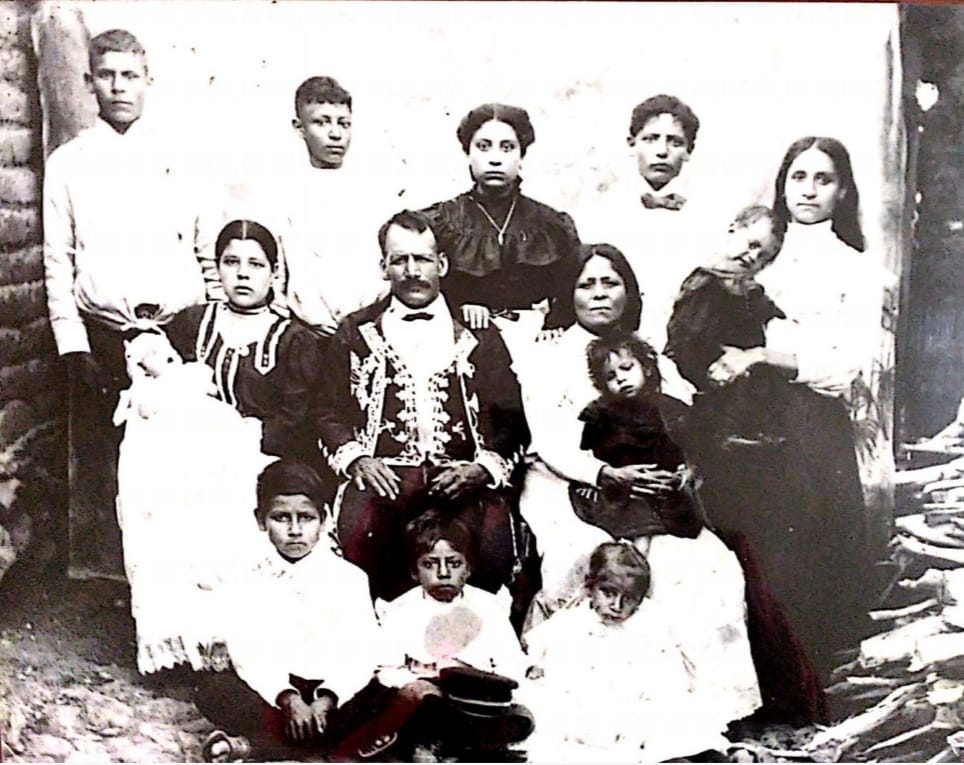
The family photograph taken in 1907 where he appears in the center with his sons Cándido Pérez, signer of the oath to the Señor del Monte in 1918.
The priest ordered the construction of an artesian well in the parish, thinking of the town’s need for water. While the machine was excavating the well, the priest saw that the water was not coming and the money to pay for it was running out. He was about to use up his last resources when he took a piece of tepetate (the hard soil that was blocking the water) and went to the altar to the Lord of the Mountain to ask for his intercession. A few days later, water gushed forth in torrents. It seemed like a swollen stream that embraced the streets. It first flowed through Miguel Arana, turning around Guadalupe Victoria, up to José Santana and then flowed into the lake. The women began to set up washing places and the children went to bathe. The water was warm and they could also drink it. That was the drinking water in the town for many years, until one day the Town Hall piped it, building a tank on the hill to pump it and charging for the connections in each house.
Another miracle occurred during a time of extreme drought. The people took the image out to pray for rain. Shortly before reaching the temple, black clouds appeared in the sky followed by a copious storm that barely managed to spare the pilgrims.
Jesús remembers that the date of the feast of the Lord of the Mountain was instituted in those days to be in January, because it was when the families had a little more money from the harvests. This way they could offer a more dignified feast to their beloved Patron.
This man along with all the members of the honor guard is responsible for guarding a miraculous image that has watched over the people of Jocotepec for hundreds of years.
For Mr. Jesús Pérez, being a member of the honor guard is a very big responsibility, bigger than the fatigue that everyone feels when they carry the precious image. But knowing that the Lord of the Mount is guarding their lives is an emotion that cannot be described.
Translated by Sandy Britton
Due to low sales, street vendors seek to return to the streets
Merchants have begun to throw away entire boxes of unsold products.
Héctor Ruiz Mejía.- After two weeks of being relocated to the interior of the Jocotepec Municipal Market, the merchants suffered a drop of up to 95 percent in their sales.
For this reason, last Monday, January 31, a small group of those affected presented a document to the municipal trustee, Carlos Alberto Zúñiga Chacón, in which they expressed their dissatisfaction and concern about the situation.
The letter proposes the relocation of their stalls to the corridor that connects the DIF with the Main Plaza where there are still two fruit stands, permission to sell in the banquette of the same market, or relocation to the private street Josefa Ortíz de Domínguez.
These alternatives were presented with the intention of reaching a compromise between the plans of the municipal president, José Miguel Gómez López, to «free the streets» and the merchants to survive in the face of the declining sales.
Driven by desperation, some of those affected have opted to sell in the small plaza of La Campana where, according to those consulted, their average daily sales have remained at around 20 or 30 pesos. Although there were days when they did not sell anything and their expenses continue to accumulate.
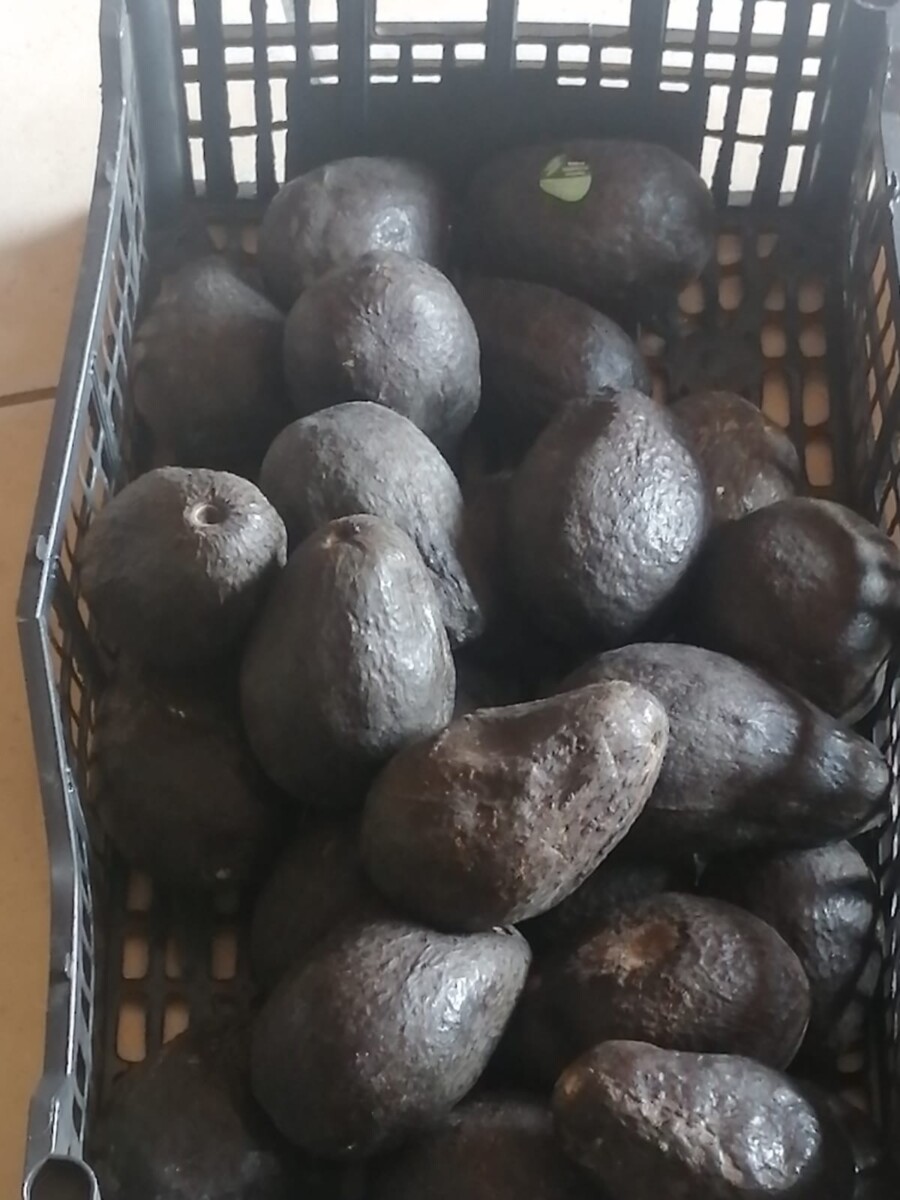
The vendors claimed that if the situation does not improve, they will look for other ways to survive. Photo: Courtesy.
«I have to pay my rent for Monday. It is 3,000 pesos and so far I only have 900 pesos,» said one of the newly located vendors, who opposed the measure and is the breadwinner for four children.
«How am I going to do it, what am I going to do with 20 pesos,” said another of the vendors, who said that her family managed the business of selling in the streets of the municipality for more than 40 years and that now, she does not understand why she was evicted.
The same happened to those who remained in the stalls assigned to them by the City Hall on the second floor of the market, where very few people go because they have to climb stairs and the elevator is out of service.
According to the vendors, the lack of accessibility has already caused an unfortunate accident. An elderly lady fell down the stairs when she went to get her «usual nopales,” Fortunately, the fall did not go beyond a «good blow and a scare.»
Finally, the merchants said that they will continue looking for ways to improve their income, since they are not willing to continue investing in fruits or vegetables that will end up in the garbage.
Translated by Sydney Metrick
Magic Town funding for Ajijic expected to arrive in March
Ajijic is a Pueblo Mágico not only because of its traditions, but also its urban art, like this sculpture of Tlaloc (the god of rain) by the artist Antonio López Vega, located in the Ajijic plaza.
Sofía Medeles – According to Pilar Posada, regional delegate of the Chapala Lakeside, the state government will make the distribution in March of the 15 million pesos budgeted for the Pueblos Mágicos or Magic Towns of Jalisco, among them Ajijic.
Posada said that although the budget is already established, funds will not arrive until approximately March, due to changes in the administration of the Ministry of Tourism of the State of Jalisco, as well as changes in the rules of operation of the program. The Magic Town program stopped receiving Federal Funding in 2019.
Elizabeth Oropeza Silva, Social Communication Director of the Municipality of Chapala, commented that neither the direction of Tourism nor the Treasury have received notification about the budget that would be designated to Ajijic by the state government.
Last year, the budget given by the state government to the Magic Towns was divided in equal parts, allocating 1,333,000 pesos to each of the nine Magic Towns which are: Tapalpa, Mazamitla, Lagos de Moreno, Mascota, San Sebastián del Oeste, Talpa de Allende, Tequila, San Pedro Tlaquepaque and the most recent, Ajijic.
Translated by Sandy Britton
© 2016. Todos los derechos reservados. Semanario de la Ribera de Chapala
